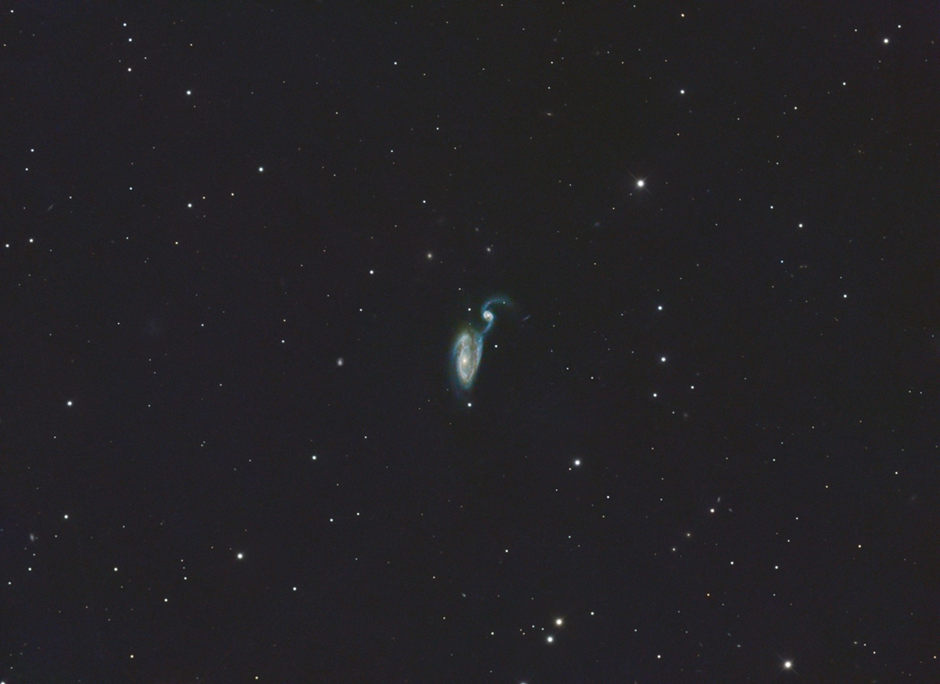
Orwell Astronomical Society (Ipswich)
Hunting Quasars
Regular readers of the OASI Newsletter will know that when the sky is clear, I can often be found imaging deep-sky objects at night and the Sun by day. The challenge is always to acquire the best image possible with the available equipment! My focus has been on the quality of the images obtained, and I have not previously explored the data that the images can offer.
I rely on PixInsight for image processing. I have used it to annotate images with labels identifying objects that they contain, for example stars and galaxies. But, until now, PixInsight did not allow more sophisticated analysis of images. Recently, I came across the script TypeCat, created by Hartmut Bornemann and available at http://www.skypixels.at/pixinsight_scripts.html. The script may be downloaded into PixInsight (full instructions for installation and use may also be downloaded). It can identify a wide range of stellar objects in an image.
So, let’s use TypeCat to go hunting for quasars!
Below is an image of the interacting galaxies NGC5394 and NGC5395 (jointly known as the Heron Galaxy) which I captured across 14-15 April 2021.
Below, the image is annotated by TypeCat to identify supernovae (SN), galaxies (G), galaxies in galaxies (GiG) and quasars (QSO). Note that SN 2000cr is visible in NGC5395.
TypeCat has identified the locations of several quasars. In some cases, the quasar itself is too faint to be visible in the image and in others it is visible in the cross-hairs of the identification label. For example, in the three cropped segments (L-R) of the image below, the following quasars respectively are visible in the crosshairs: SDSS J135952.56+372629.5, SDSS J135841.39+373232.3 and SDSS J135713.16+373400.3.
I used the query-by-identifier portal of SIMBAD (https://simbad.u-strasbg.fr/simbad/sim-fid) to provide the red-shifts, z, of the three objects. Plugging the z-values into the cosmology calculator created by Ned Wright (https://www.astro.ucla.edu/~wright/ACC.html) provides the corresponding distances. Table 1 summarises data from SIMBAD (coordinates are in the ICRS system) and the distances.
QSO
RA
Dec
z
Distance
(billion ly)
Table 1. Details of three quasars.
Now according to accepted wisdom, the Big Bang occurred 13.8 billion years ago. So how can an object be more than 13.8 bly distant? The answer lies in the nature of the expansion of the Universe: brief explanation.
By way of comparison, for galaxy NGC5395, SIMBAD reports a distance of 50-54 Mpc (163-176 Mly) with a redshift 0.012, which the cosmology calculator converts to a distance of 162 Mly, in reasonable agreement.
SDSS J135841.39+373232.3, at a distance of 18.7 Mly, is currently the most distant object which I've imaged. Not bad for a 200 mm telescope and nine hours of exposure time!
John Hughes